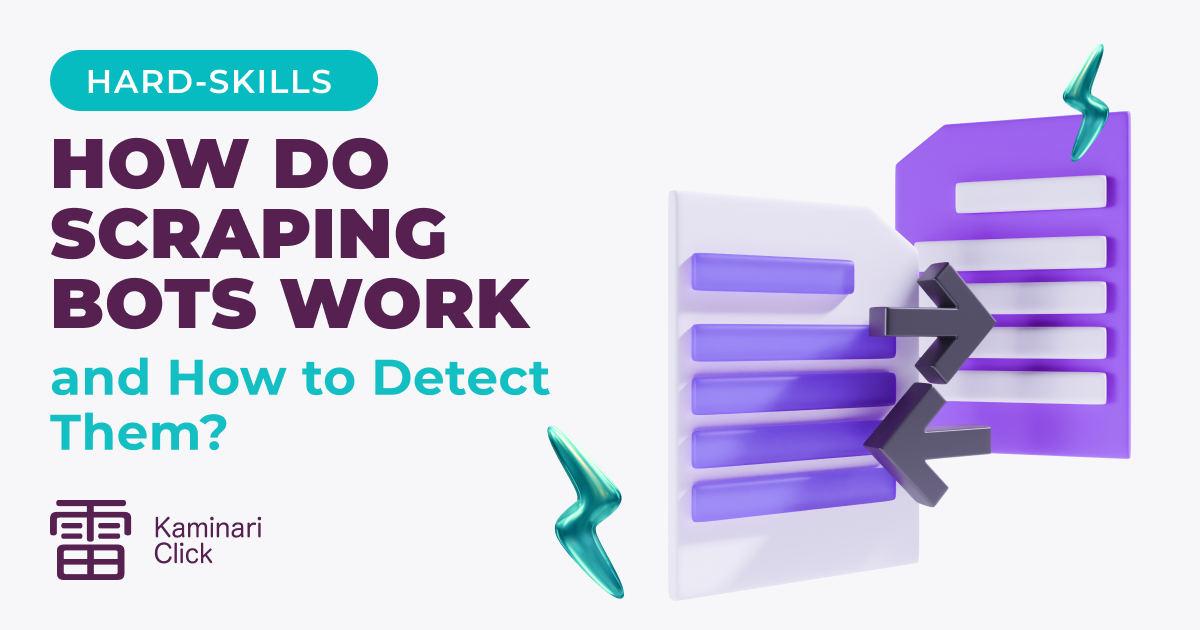In today's digital landscape, the prevalence of scraping bots poses a significant challenge to website owners and businesses alike. These automated programs, while sometimes used for legitimate purposes such as price monitoring and content aggregation, often serve malicious intents by stealing data and undermining the integrity of online operations. This article explores the workings of scraping bots, their potential impacts, and strategies to effectively detect and mitigate their activities.
How Scraping Bots Operate
Scraping bots are sophisticated automated scripts designed to visit websites and extract specific data. Their functionality includes:
Content Extraction
One of the primary tasks of scraping bots is to extract content from web pages. This can range from text and images to product prices and reviews. Bots are programmed to navigate through the structure of a website and scrape data from multiple pages in a systematic manner.
Task Automation
Scraping bots excel in automating repetitive tasks across websites. They can swiftly navigate through vast amounts of web content, accessing hundreds or even thousands of pages within a short period. This rapid extraction capability makes them particularly effective in gathering large datasets quickly.
Anonymity and Evasion Techniques
To evade detection, scraping bots often employ anonymity measures such as proxy servers or virtual private networks (VPNs). These technologies allow bots to mask their IP addresses, making it challenging to trace their origins or block their access based on IP alone. Additionally, bots may rotate through different IP addresses or mimic human-like behavior patterns to avoid triggering automated detection systems.
Detecting Scraping Bots
Identifying and mitigating the presence of scraping bots requires vigilant monitoring and sophisticated detection techniques. Key indicators of scraping bot activity include:
Abnormal Activity Patterns
- High Request Volumes. A sudden influx of requests from a single IP address or IP addresses associated with countries where your audience is not concentrated can signal bot activity.
- Unusual Access Patterns. Bots often exhibit unnatural browsing behavior, such as accessing a large number of pages sequentially or at irregular intervals.
Behavioral Analysis
- Navigation Patterns. Bots tend to follow predictable navigation paths and may access pages in a systematic order that differs from typical user behavior.
- Interaction Patterns. They may interact with web elements in ways that deviate from human browsing patterns, such as rapid and repetitive clicks or form submissions.
Log and Traffic Analysis
Regular analysis of server logs and traffic patterns can provide valuable insights into potential bot activities. Monitoring for spikes in traffic, especially during non-peak hours or from unexpected sources, can help identify suspicious behavior indicative of scraping bot activity.
Mitigating Strategies with Kaminari Click's Anti-Fraud System
To effectively safeguard against scraping bots and protect your website's data integrity, consider implementing a robust anti-fraud solution like Kaminari Click's. Their advanced technologies offer the following benefits:
Conclusion
Scraping bots continue to pose a formidable challenge to online businesses, threatening data security, and operational integrity. By understanding their operational mechanics and employing proactive detection strategies, businesses can mitigate the risks associated with scraping bot activities. Leveraging advanced anti-fraud technologies such as those offered by Kaminari Click not only enhances security measures but also reinforces trust and reliability in online operations.
Embrace proactive measures against scraping bots today to safeguard your digital assets and maintain a resilient online presence amidst evolving cyber threats.

